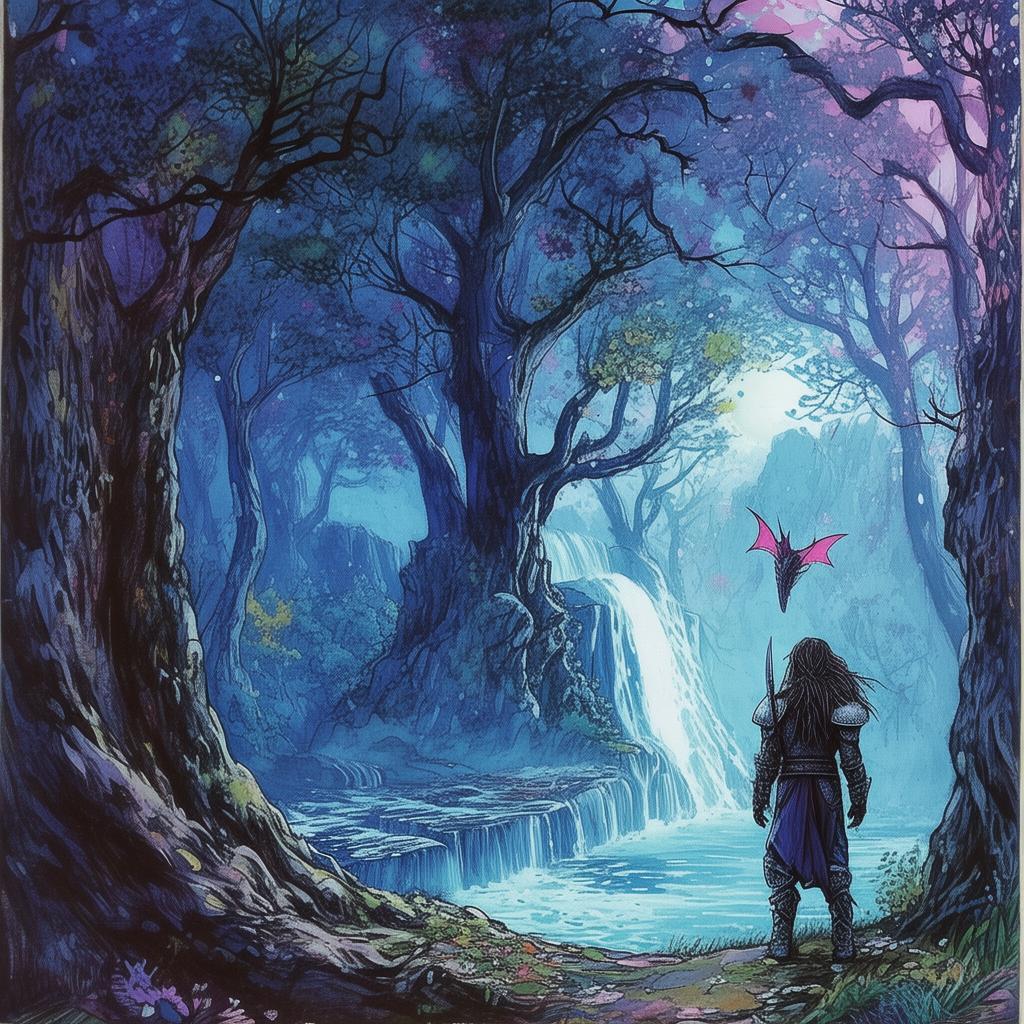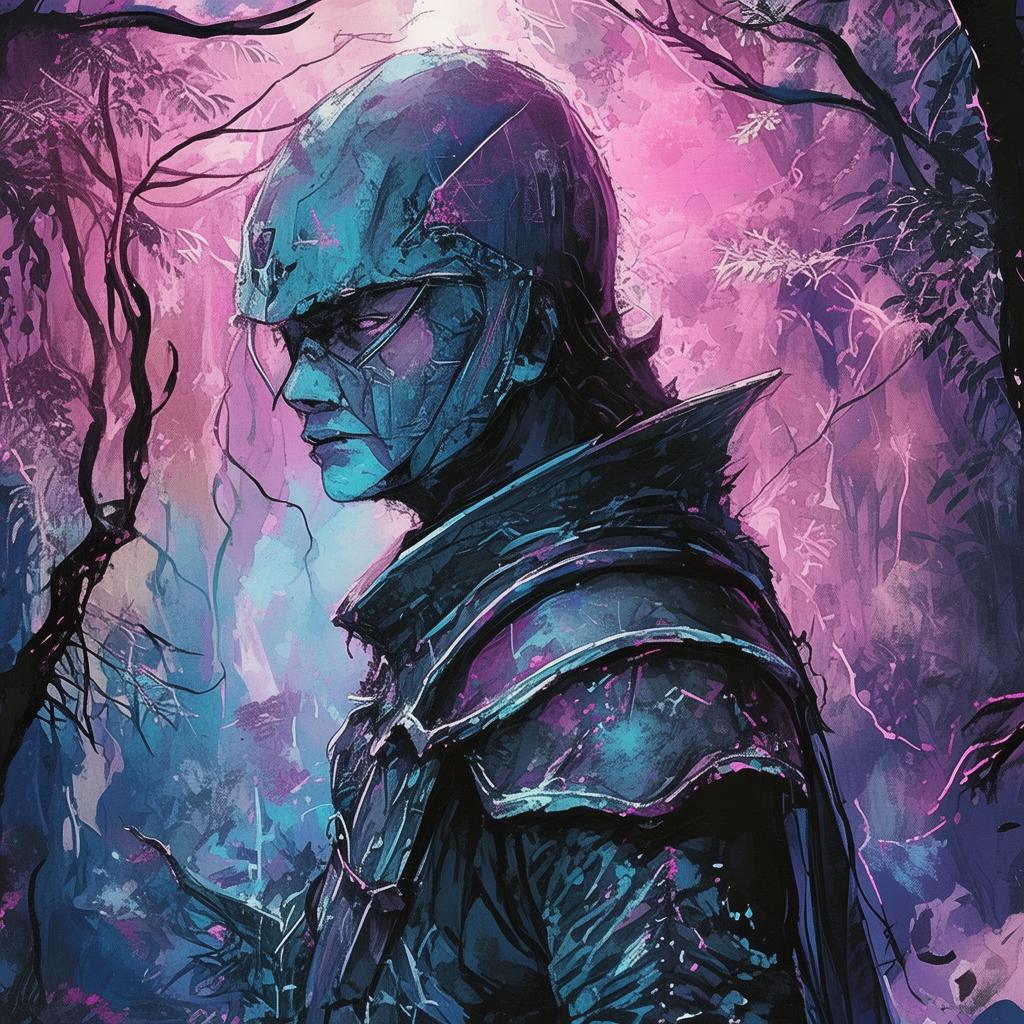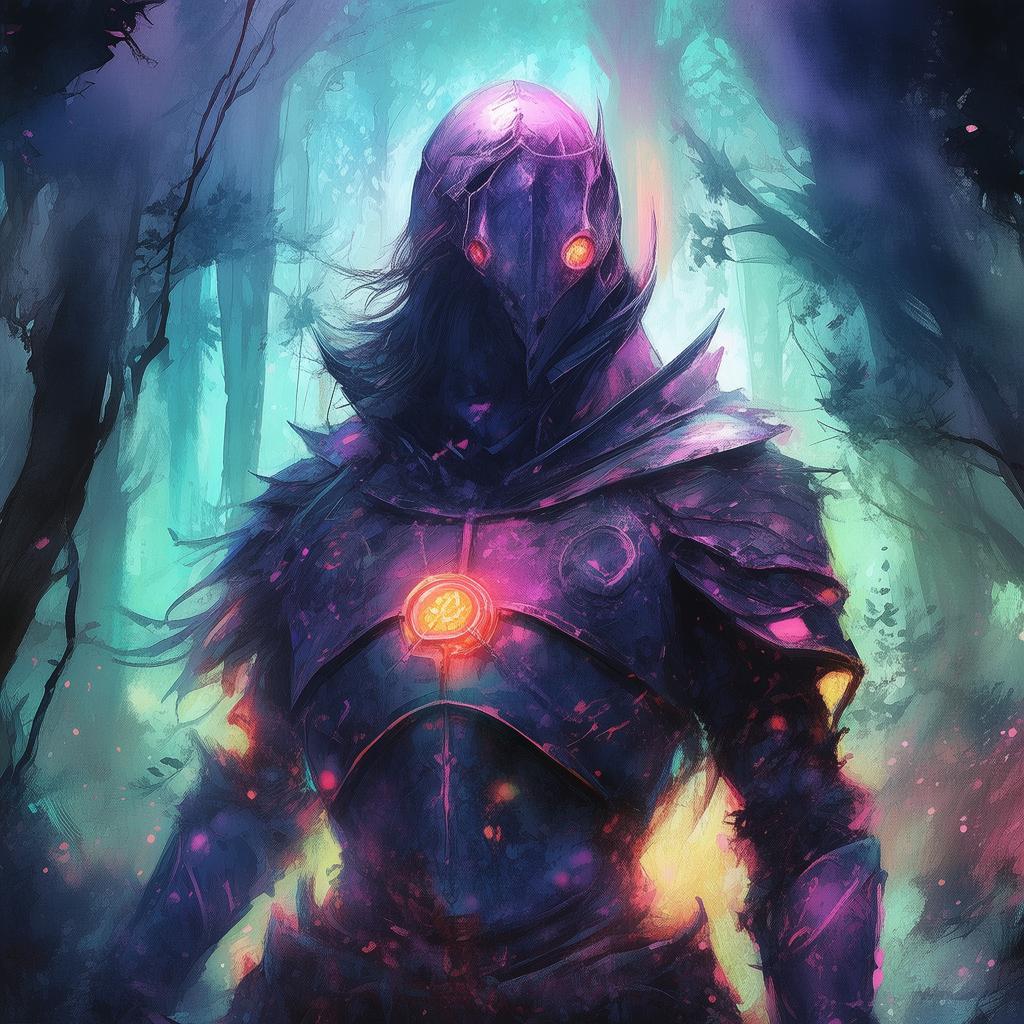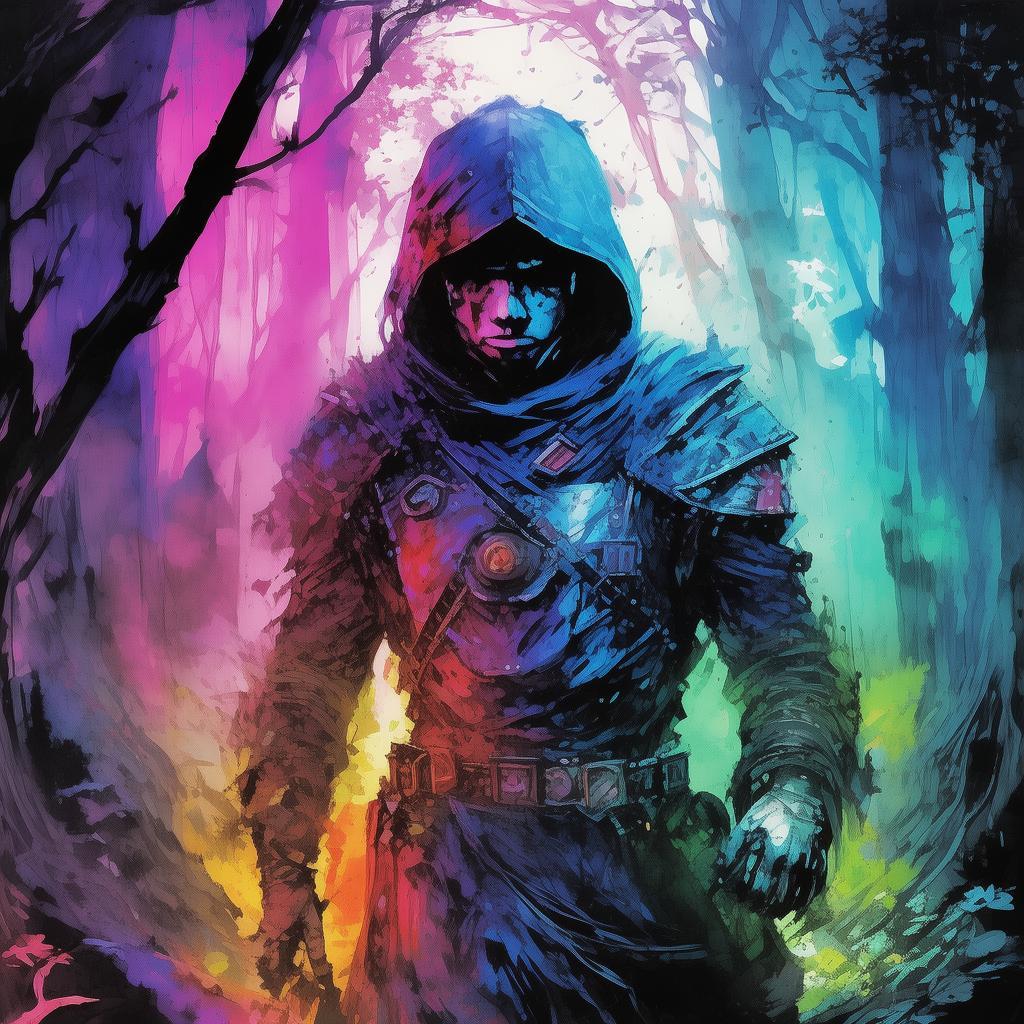The Enigma of the Eastern Pavilion: The Summer Palace's Forbidden Truth
In the waning days of the Qing Dynasty, the Summer Palace stood as a testament to imperial grandeur and architectural prowess. Yet, beneath its golden tiles and intricate carvings, whispers of the past clung to the air like a persistent mist. One such whisper was that of the Eastern Pavilion, a structure said to be the abode of the spirit of a concubine who had been betrayed and forsaken by her imperial lover.
The story began in the year 1850, when a young concubine named Yeehe was brought to the palace. Her beauty and grace were unparalleled, and she quickly caught the eye of the young emperor, who was then a mere prince. The prince, in his youthful exuberance, fell deeply in love with Yeehe, and their union was as passionate as it was forbidden.
However, the emperor's advisors saw Yeehe as a threat to the stability of the empire. They whispered of her as a witch, a demon sent to corrupt the pure line of the imperial bloodline. Fearful of the prince's growing attachment to Yeehe, they plotted to remove her from the palace.
One fateful night, as the moon hung low in the sky, the prince was summoned to the Eastern Pavilion. There, he found Yeehe, her eyes filled with tears and her hands trembling. She spoke of a vision that had come to her in her dreams, a vision of a dark figure that would one day bring about the end of the dynasty.
The prince, torn between his love for Yeehe and the weight of his responsibilities as the future emperor, agreed to a plan to send Yeehe away. He sent her to a remote temple, hoping that distance would quell his feelings and save the empire from the supposed evil that Yeehe represented.
But the whispers of the Eastern Pavilion did not cease. They grew louder, more insistent, until they became a persistent hum that could be heard throughout the palace. The concubine's spirit, bound to the pavilion, seemed to beckon to someone, someone who could free her from her eternal imprisonment.
Enter Ming, a young scholar from the outside world, who had been drawn to the Summer Palace by its mysterious allure. Ming had heard the tales of the Eastern Pavilion and was determined to uncover the truth behind Yeehe's tragic fate. He believed that the concubine's spirit was not a curse but a warning, a message from the past that could help prevent the empire's downfall.
Ming began his investigation by seeking out the old palace guards who had served under the previous emperor. They spoke of the night when Yeehe was sent away, of the strange events that had followed, and of the eerie silence that had fallen over the Eastern Pavilion after her departure.
As Ming delved deeper into the story, he discovered that Yeehe's visions were not just dreams but premonitions, warnings of impending disaster. The concubine had seen the rise of a rival power that would challenge the empire's rule. Ming realized that Yeehe's spirit was not seeking revenge but guidance—a message that could save the dynasty.
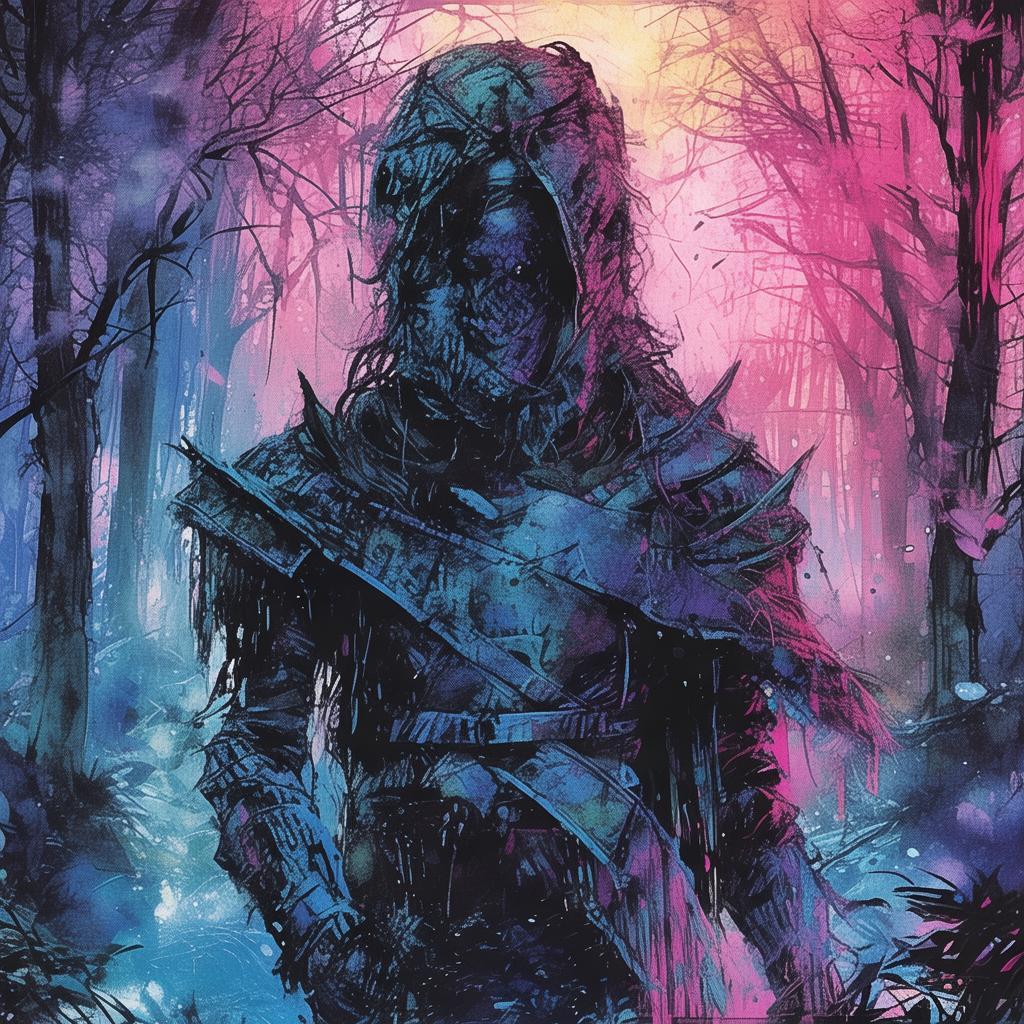
Determined to help Yeehe break free from her curse, Ming sought the help of a wise elder who was said to possess the knowledge of ancient rituals. The elder performed a complex ceremony in the heart of the Eastern Pavilion, where the spirit of Yeehe was believed to dwell.
As the ritual progressed, the pavilion shuddered, and the air grew thick with ancient energy. Ming and the elder chanted in unison, their voices rising above the rumble of the building. Suddenly, the floor of the pavilion began to crack, and a dark figure emerged from the ground, its eyes glowing with an otherworldly light.
Yeehe's spirit, free at last, appeared before Ming and the elder. She thanked them for her release and revealed the truth behind her visions. The elder, understanding the gravity of the message, instructed Ming to convey it to the emperor, warning him of the impending threat.
The emperor, hearing the prophecy, acted swiftly to strengthen the empire's defenses. He was also forced to confront his own past mistakes and the consequences of his actions. As a result, the empire survived the crisis, and the dynasty flourished for many more years.
Ming's bravery and determination had not only freed the spirit of Yeehe but had also saved the empire from a great calamity. The Eastern Pavilion, once a place of darkness and despair, became a symbol of hope and the power of truth.
In the end, the Summer Palace remained a majestic landmark, but its secrets were no longer hidden. The enigma of the Eastern Pavilion had been solved, and the legend of Yeehe would be told for generations to come, a reminder of the eternal dance between love, power, and destiny.
✨ Original Statement ✨
All articles published on this website (including but not limited to text, images, videos, and other content) are original or authorized for reposting and are protected by relevant laws. Without the explicit written permission of this website, no individual or organization may copy, modify, repost, or use the content for commercial purposes.
If you need to quote or cooperate, please contact this site for authorization. We reserve the right to pursue legal responsibility for any unauthorized use.
Hereby declared.
